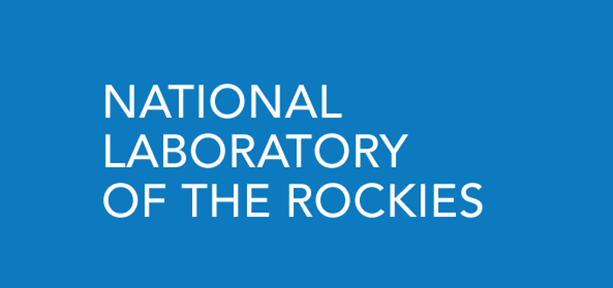Water Analysis Tool for Energy Resources (WATER)

Abstract:
Funded with 2.7 MM by DOE since 2010, WATER inventories historical annual freshwater (rain water, surface stream, renewable groundwater) and reclaimed water resources, soil moisture, 30-year historical climate, historical and proposed land-use for biofuel production from major crops (corn, soybean, wheat), grasses (switchgrass, miscanthus), and forest woods (hardwood, softwood), and water use in energy production technologies for biofuels, petroleum, and electricity. WATER simulates geospatial-explicit water footprint for production pathways and regional scenarios at county, state, and region levels for the U.S. in an online platform; estimates impact of water use on regional water availability to other economic sectors by using
a water availability index. A new module that models algae-based biofuel production using reclaimed water across U.S. is currently under development. WATER-based analysis yielded 27 publications; was adopted to assess water impact for six future scenarios, contributing to DOE BT16 Sustainability Report; and used in biofuel sustainability analysis by U.S. EPA.
Model/Tool Platform:
N─tier application architecture with a dot net framework and SQL database, C++
General Modeling Type:
Hybrid / other: Geospatial Bio-physical and Engineering Process Model
Primary analytical purpose:
System level:
Analysis of the effects of bioenergy and bioproduct technologies and feedstock on the landscape or relate markets. System level modeling examines effects outside the direct supply chain.
Secondary analytical purpose:
Environmental:
Analysis of the environmental effects of bioenergy and bioproduct technologies or feedstocks.
Metric categories:
- Environmental:
- Water Impacts (quality and/or quantity)
Geospatial resolution:
County
Temporal resolution:
Years
Laboratory:
ANL - Argonne National Laboratory
Principal investigator:
May Wu
Model start year:
2011
Model last updated:
2019
Development status:
In Development
Level of validation/review:
External Peer Review / Publicly Released
Links:
Model scope:
Biomass Supply
Feedstock Logistics
Conversion
Distribution
End Use
- Feedstock Types
- Starch
- Oil Crops
- Cover Crops and Hay
- Agricultural Residues
- Herbaceous Energy Crops
- Forest Residues
- Forest Resources
- Woody Energy Crops
- Algae
- Conversion Technology
- Starch to Sugars
- Lignocellulosic Biomass to Sugars
- Lignocellulosic Biomass to Gaseous Intermediate
- Lignocellulosic Biomass to Biocrude Intermediate (TC)
- Biomass-Based Oil Extraction
- Syngas Catalytic Upgrading
- Oil Catalytic Upgrading
- Sugar Biological Upgrading
- Syngas Biological Upgrading
- Products/Process Outputs
- Transportation Fuels - Biodiesel
- Transportation Fuels - Ethanol
- Transportation Fuels - Renewable Diesel
- Transportation Fuels - Renewable Gasoline
- Transportation Fuels - Renewable Jet
- Biopower
- Bioproducts
- Other Process Output
1
2
3
4
Analytical Purpose
Supply Chain Elements
Biomass Supply
Feedstock Logistics
Conversion
Distribution
End Use
Information last updated: Sep. 17, 2019 13:45:46 EDT
